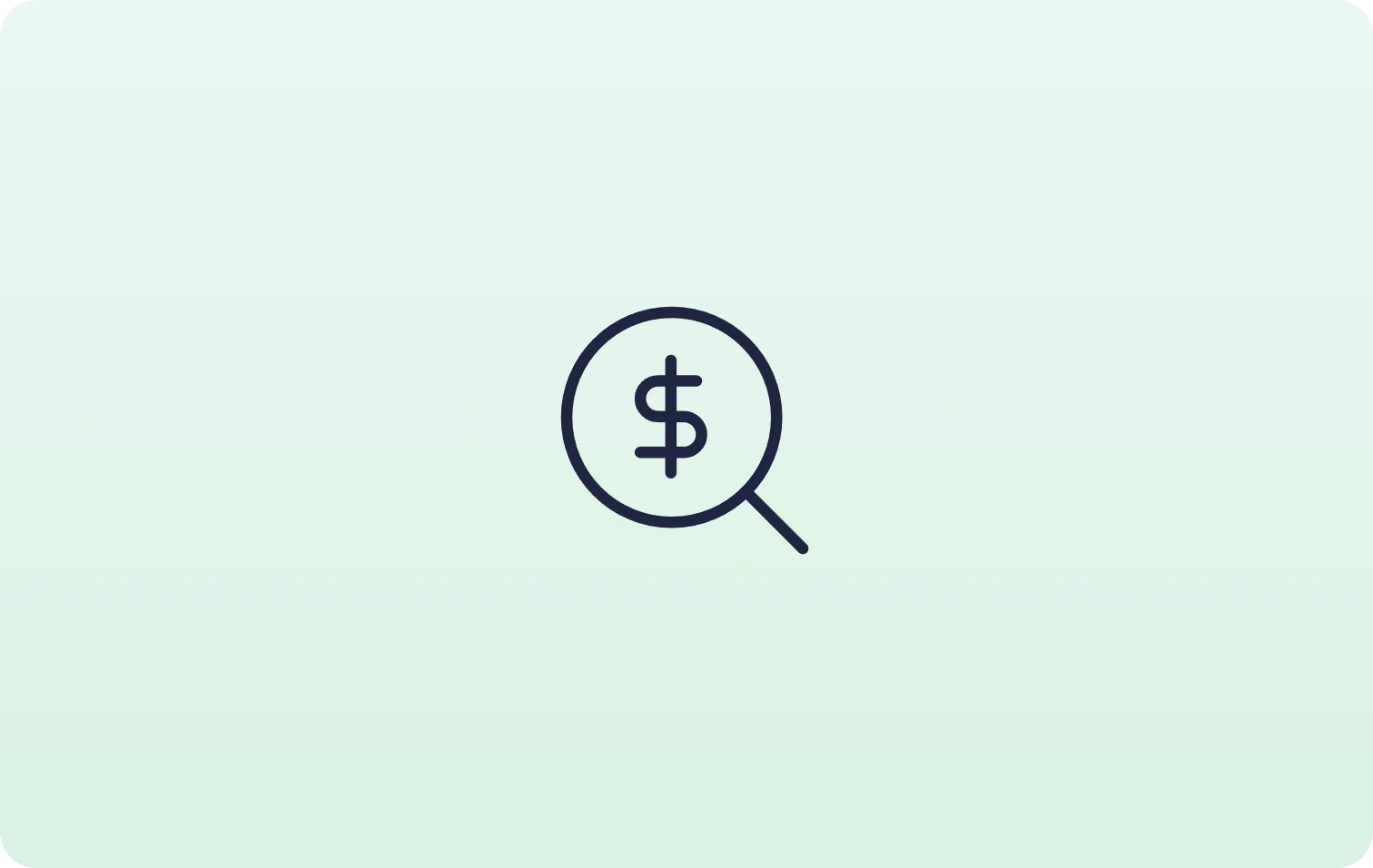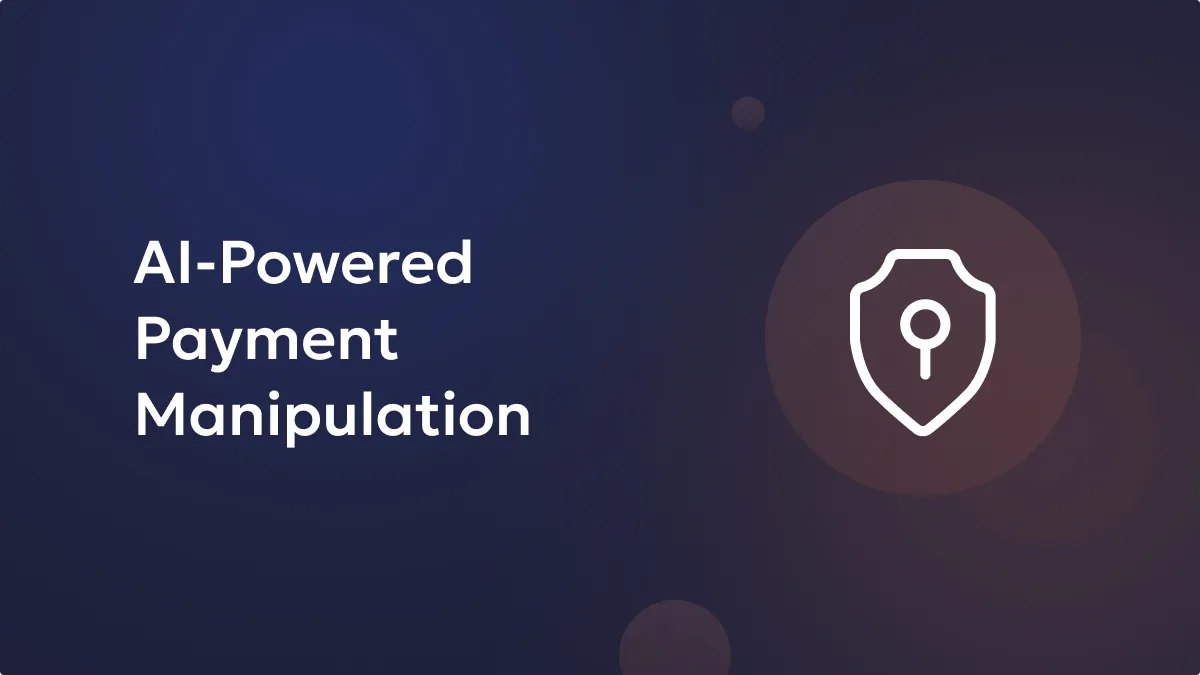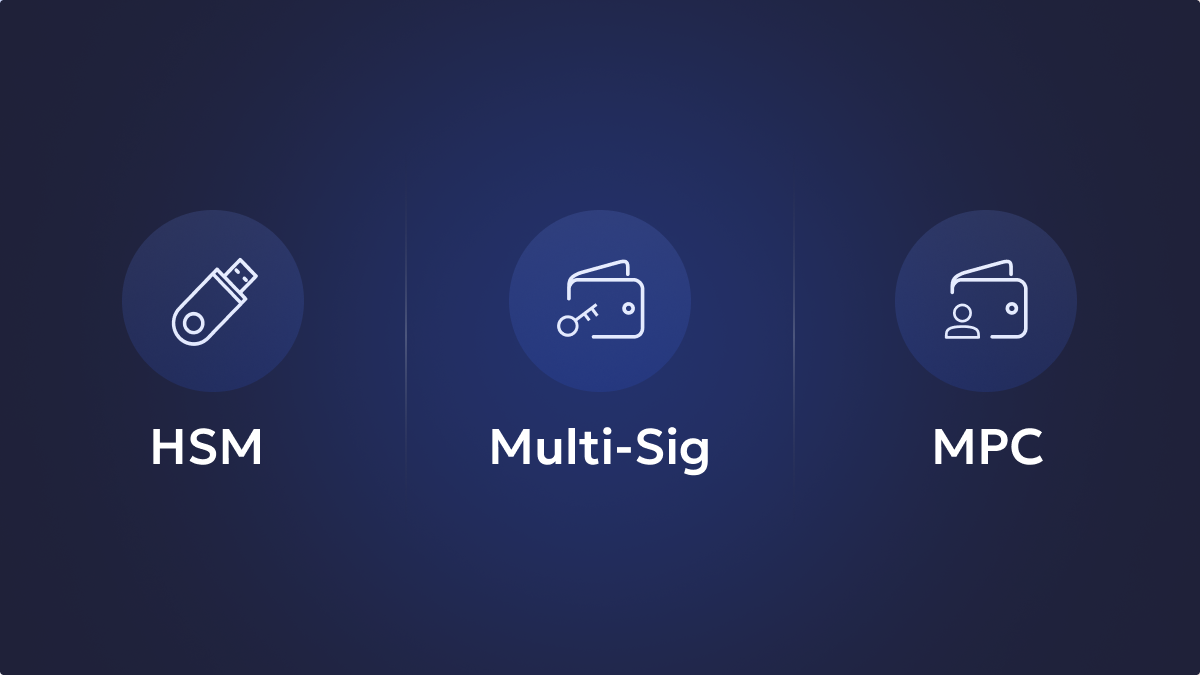Following the FTX collapse, proof of reserves has become a prominent topic of discussion as investors increasingly demand exchanges to provide evidence of their cryptocurrency holdings. But what is proof of reserve, and why is it significant?
Proof of reserves (PoR) is a method used to verify that a trading platform or cryptocurrency firm possesses one-to-one backing for the digital assets held in custody on behalf of their customers. To carry out this verification, firms often enlist the services of a third-party organization. The attestation results are then published, albeit with certain considerations, to provide investors with insights into the financial state of centralized exchanges and ascertain whether they possess sufficient funds to match customer deposits.
Since this trend emerged, a wide array of attestations have been conducted, with some inspiring greater confidence in the firm’s financial standing compared to others. This ongoing practice of proof of reserves seeks to enhance transparency and instil trust within the cryptocurrency ecosystem.
Unlock the potential of digital assets for your institution
Key Takeaways
- Proof of reserves serves as a mechanism to determine the safety of customer funds by ensuring that all deposits have adequate backing in the form of sufficient funds.
- Crypto companies can release periodic audit results showcasing their proof of reserves or provide real-time visibility of their available reserves on their website.
- Utilizing blockchain technology, proof of reserves employs a public verification process to validate a crypto company’s on-chain assets. This ensures transparency and reinforces trust within the cryptocurrency industry.
What Is Proof of Reserve?
Proof of Reserve involves businesses holding cryptocurrency generating public attestations to demonstrate their solvency to depositors through independent audits. However, these audits rely on centralized third parties, leading to lengthy, time-consuming, and manual processes.
With developers advancing the creation of sophisticated financial products within the digital asset ecosystem, there is a need for a dependable, transparent, and decentralized standard to facilitate automated audits of reserves. This is where services like Chainlink PoR come into play, leveraging the transparency offered by blockchains, smart contracts, and oracles. Such PoR services provide a solution enabling efficient and reliable auditing of reserves through an automated process, offering enhanced transparency and trust in the ecosystem.
Secure and manage your digital assets with Liminal
Working of Proof of Reserve
The working of “Proof of Reserve” is a crucial aspect that deserves attention. When custodial assets control users’ private keys, they can utilize them as they please. While you can access transaction details through the hot and cold wallets used by centralized custodians, it provides only an aggregated view of the total assets held by the platform. To thoroughly verify account balances, the Proof of Reserves auditing process delves into various aspects.
The first step involves the auditor taking a snapshot of the institution’s balances. Subsequently, the auditor organizes these balances using the Merkle tree system. The custodial data is arranged within a single data tree, with partitions forming branches. Next, the data pieces are identified using hash codes. By deriving the Merkle root, which serves as the single connection point among the data pieces in the tree, auditors establish a foundation for verification.
With unique digital signatures, individual accounts responsible for depositing assets can be identified. Verifying individual contributors entails matching the digital signatures with the records within the Merkle tree. The subsequent step involves verifying whether the individual balances align with the balances visible in the Merkle tree. Utilizing the Merkle tree’s data structure can detect any substantial changes in individual balances. This ensures that the institution cannot modify user balances without being detected.
Through this comprehensive verification process, the Proof of Reserves mechanism confirms the accuracy and integrity of account balances within a custodial system.
Merkle Tree-based Proof of Reserves
An effective method to conduct an attestation is through a Proof of Reserve (PoR) protocol that utilizes a Merkle Tree proof, enabling the consolidation of large data sets into a single hash while ensuring data integrity.
The PoR protocol validates the authenticity of user balances and transactions through cryptographic proofs, providing a robust verification mechanism.
Crypto exchanges can publish PoR attestations based on Merkle Trees at regular intervals, such as weekly, monthly, or quarterly, in the form of snapshots. Alternatively, they may offer real-time attestations accessible on their websites.
While snapshots can demonstrate a crypto firm’s solvency at a specific point in time, real-time attestations are considered superior when verifying an exchange’s reserves. At any given moment, they enable anyone to confirm that the funds are genuinely backed by the exchange, enhancing transparency and trust in the system.
How are proof-of-reserve audits conducted?
A third-party auditor typically conducts the proof-of-reserves auditing process to ensure the adequacy of a crypto custodian’s balance sheet in balancing its customers’ holdings. The following steps outline this process:
1. The external auditor or auditing firm begins by taking an anonymized snapshot of the institution’s balances. These balances are then organized into a Merkle tree containing custodial data and branches authenticated using hash codes.
2. The auditor collects the individual user contributions by leveraging the unique signatures of each account holder.
3. The next step involves authenticating whether customers’ assets are held on a full-reserve basis. This is done by comparing the digital signatures to the Merkle tree records, ensuring that the reported balances from individual contributors are at least equal to those obtained from the Merkle tree.
4. After the Proof of Reserves (PoR) audit, users can verify their own transactions. For example, suppose someone has held their crypto assets on an exchange. In that case, they can access their Merkle leaf and Record ID by logging in to the respective website, navigating to the “Wallet” section, and selecting “Audit.”
5. The subsequent step is to choose the audit date to confirm the type of audit, the covered assets, the user’s Record ID, and the asset balances included in the auditor’s attestation report regarding the exchange’s proof of reserves audit.
By following this rigorous auditing process, crypto custodians can provide their customers with transparency and assurance regarding the sufficiency of their asset holdings.
Example: Chainlink Proof of Reserve (PoR)
Chainlink Proof of Reserve (PoR) revolutionizes how smart contracts verify the collateralization of on-chain assets backed by off-chain or cross-chain reserves. Leveraging a decentralized network of oracles, Chainlink PoR enables real-time, autonomous auditing of collateral, safeguarding user funds against fractional reserve practices and fraudulent behaviour by off-chain custodians. Instead of relying on trust in custodians’ paper guarantees, Chainlink PoR enables automated on-chain audits that provide users with a superior level of assurance regarding the underlying collateralization of assets, fostering transparency in the crypto asset ecosystem.
Moreover, Chainlink proof-of-reserve is increasingly utilized to enhance the security of wrapped assets’ minting, redeeming, and burning processes. When Chainlink proof-of-reserve detects under-collateralization of wrapped tokens, Chainlink Automation can be employed to halt the minting, redeeming, and burning operations, preserving the integrity of the ecosystem.
Chainlink proof-of-reserve empowers smart contracts with unparalleled data accuracy, enabling robust audits and safeguarding the interests of users in the ever-evolving crypto landscape.
Conclusion
Implementing Proof of Reserves (PoR) is a crucial measure for crypto companies to prioritize the safety of customer funds and establish their liquidity through cryptographic validation. With increasing regulations in the crypto industry, it becomes advantageous for crypto exchanges and custodial companies to undergo proof-of-reserves audits. While the process may have limitations, such as not addressing company liabilities, it is significant in reassuring customers and enhancing their confidence in the platform.






